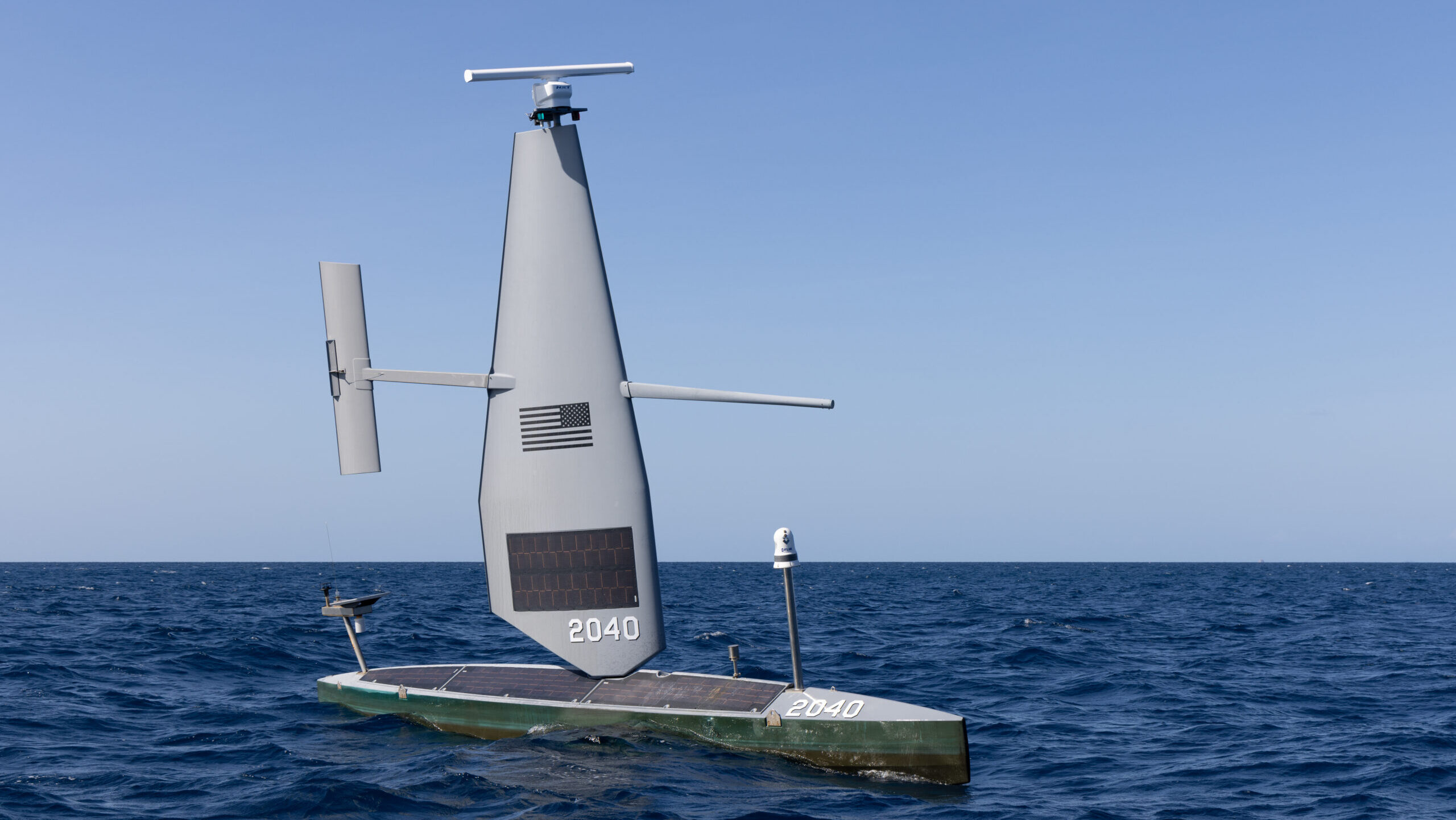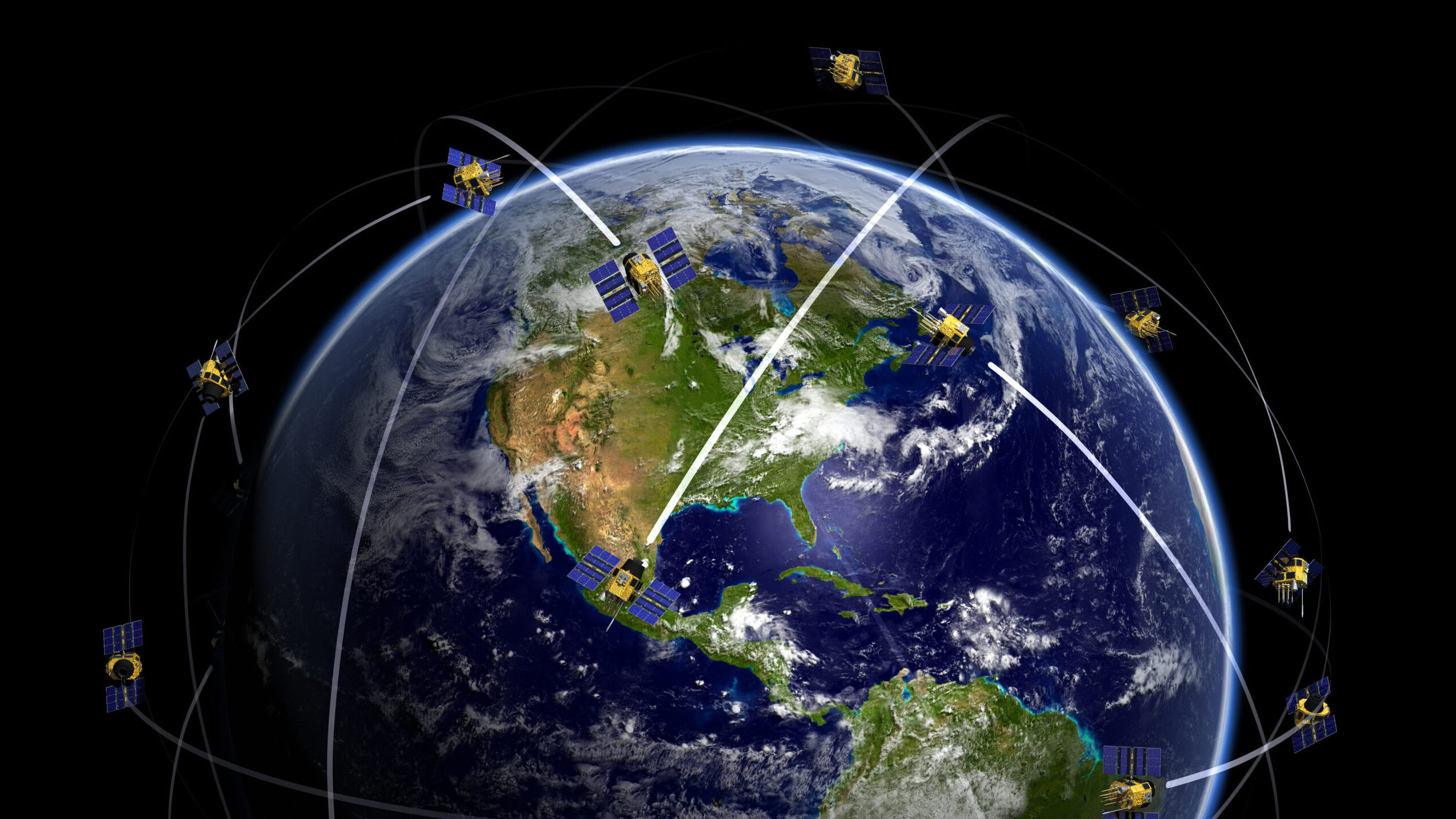Pentagon sets November timeline for largest-ever spectrum sharing demo
The scale of the upcoming exercise makes it “really exciting,” according to Tom Rondeau from the Pentagon’s FutureG office.
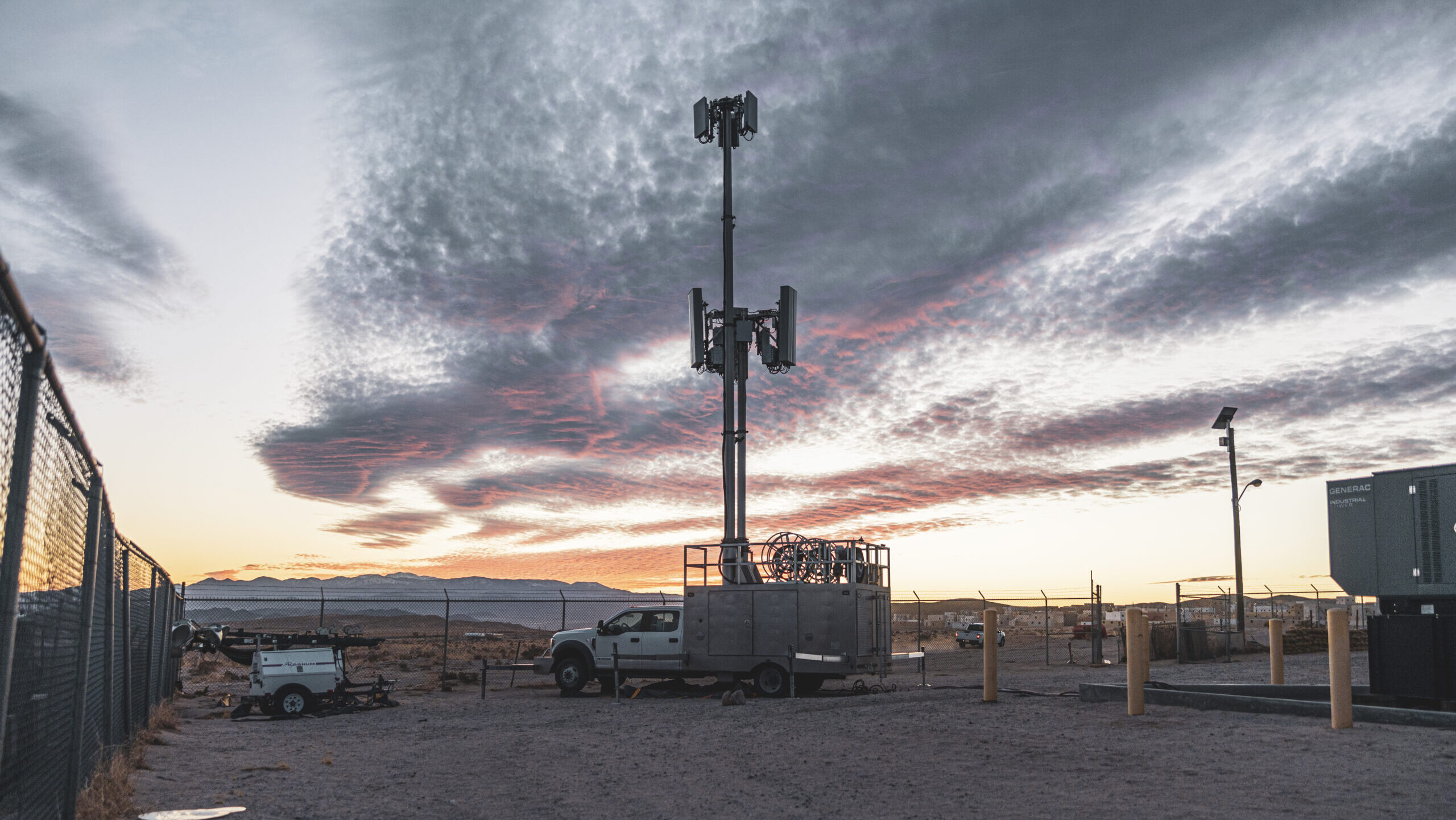

A Cell on Light Truck is staged during Marine Air-Ground Task Force Warfighting Exercise as part of Service Level Training Exercise 1-25 at Range 220, Marine Corps Air-Ground Combat Center, Twentynine Palms, California, Feb. 19, 2025. (U.S. Marine Corps photo by Lance Cpl. Enge You)
WASHINGTON — The Defense Department is planning to host the largest-ever spectrum sharing demonstration with industry in November, an official from the Pentagon’s FutureG office revealed Wednesday, in hopes of answering key questions amid a contentious debate.
“The real gap that we’ve had in these past spectrum sharing projects has been scale. They’ve been frankly under-resourced concepts on a table, maybe in a lab, maybe one or two outdoor experiments here and there. But nothing at this scale, which is a large-scale, multi-domain spectrum-sharing demonstration,” Tom Rondeau said during a panel at the Apex Defense Conference. “So that’s the really exciting part.”
“The goal of this effort is to show how advancements in one or more of the key spectrum-sharing enablers can achieve the overall objective of proving the viability of spectrum sharing in the 3100-3450 MHz band,” he later added.
A solicitation published by the DoD’s Chief Information Officer and the National Spectrum Consortium last December called for industry to come forward with tech prototypes that could be shown during an upcoming “Advanced Dynamic Spectrum Sharing Demonstration.” Rondeau said the department is currently combing through proposals for source selection to determine which technologies will be involved in the demo.
The solicitation came after a congressionally mandated study found that the DoD and commercial industry are able to share the mid-band spectrum, which makes up the 3100-3450 MHz, or 3.1-3.45 and 3.5 GHz S-band, portion of the spectrum. After these findings, the Biden administration’s 2023 National Spectrum Strategy called for more studies to be done concerning spectrum-sharing operations and, according to the solicitation for the November demo, the outcomes of the exercise will further contribute to those studies.
Pentagon officials have been apprehensive about spectrum sharing as they say some of the bandwidth is essential for national security missions pertaining to missile defense, satellite communications and more. Meanwhile commercial companies need the same band for high-speed wireless service for both civilian and military users.
“We’re focused on the lower 3 GHz band,” Rondeau said. “It is a very difficult band for DoD. We have dozens of types of systems, hundreds of systems total, that operate in that lower 3 GHz band,” Rondeau said. “How do we share that? How can we do that with commercial success? Because that is important too. … But we can’t do it at the cost of national security.”
Further, as Breaking Defense recently reported, military leaders have argued in recent weeks that auctioning off parts of the spectrum to industry could jeopardize Golden Dome, President Donald Trump’s initiative that calls for a US-built, multilayered missile defense system.
Gen. Gregory Guillot, chief of US Northern Command, told lawmakers earlier this month he had a “strong concern” over any potential auction of the 3.1 – 3.45 GHz band.
“Almost all the systems that we use for homeland defense rely on that part of the spectrum that’s being considered to be either sold or shared,” Guillot said.





































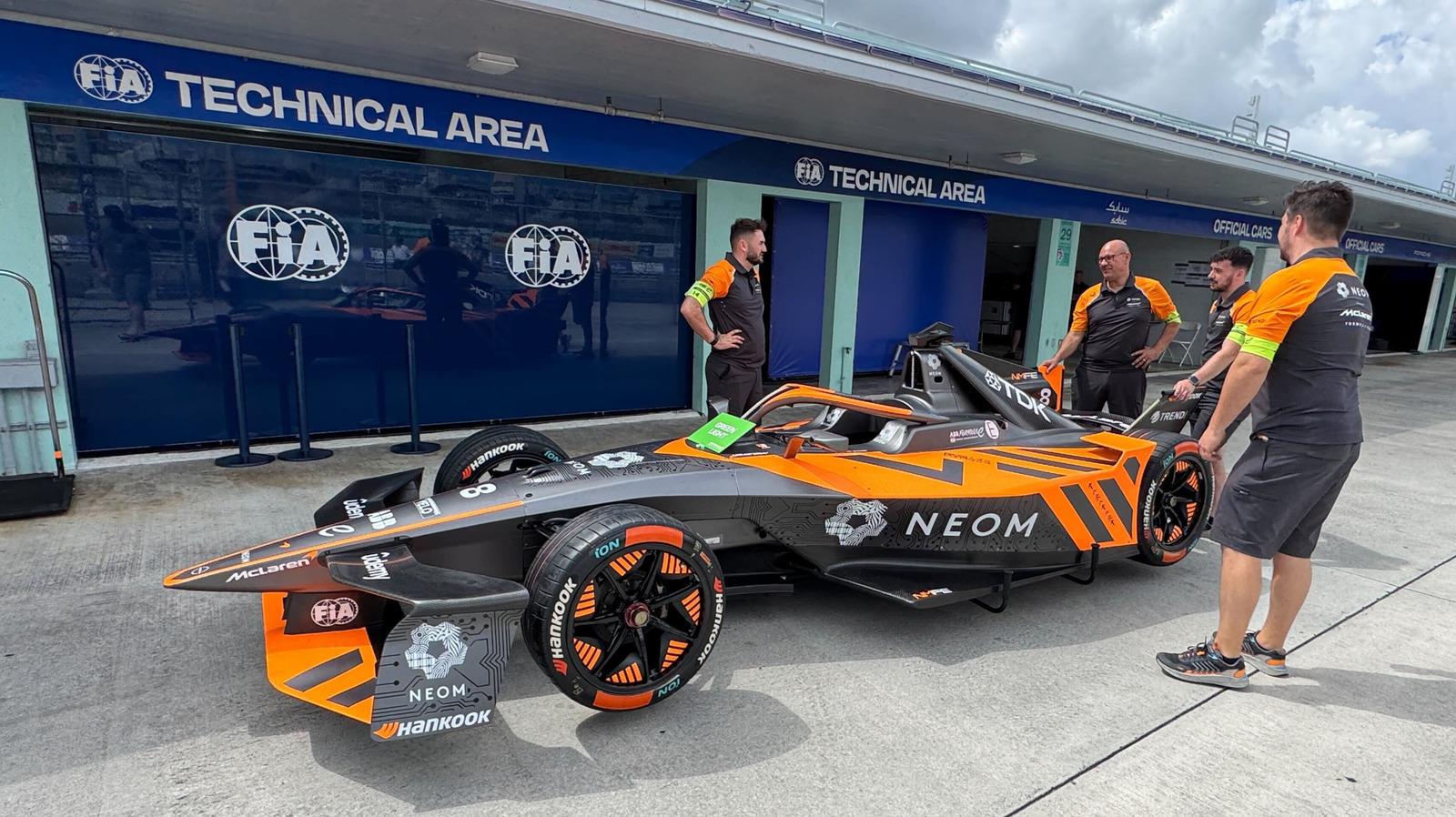



































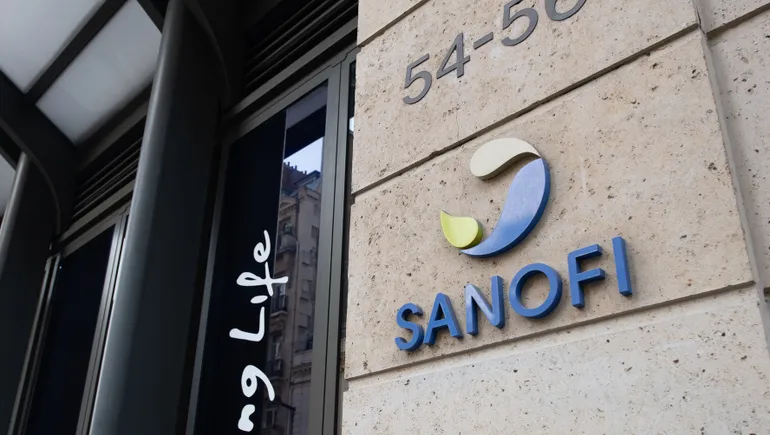















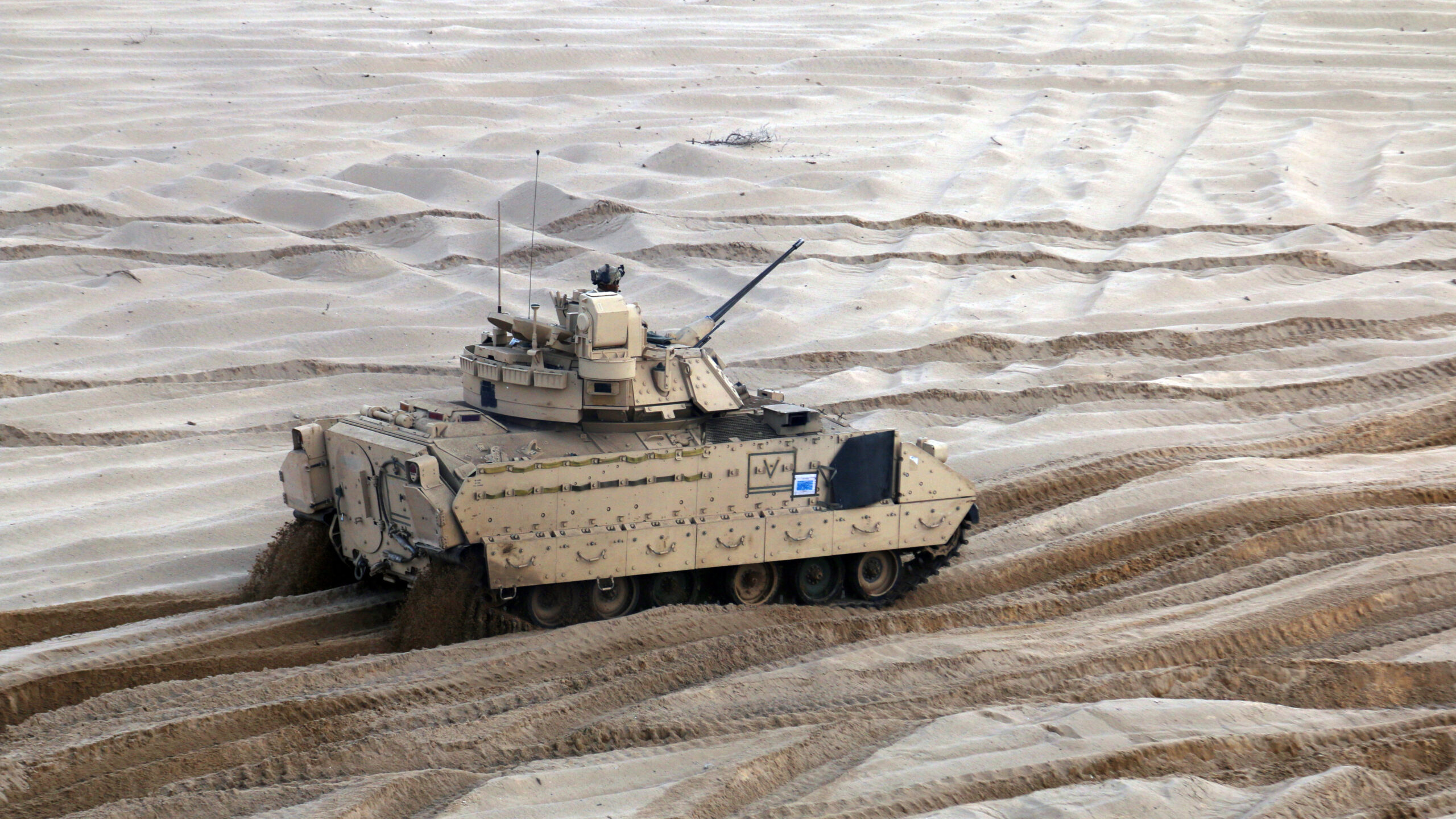
















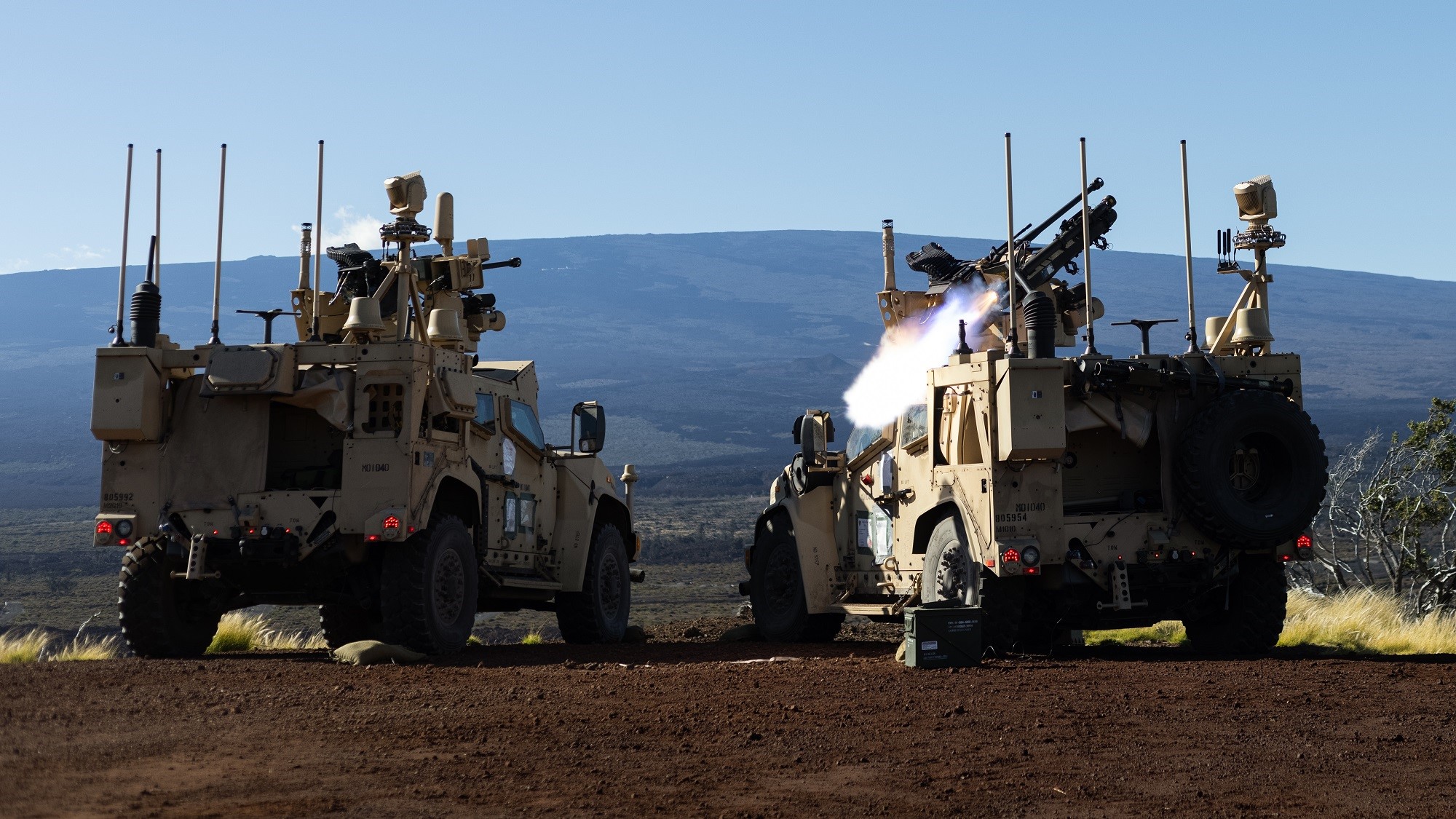

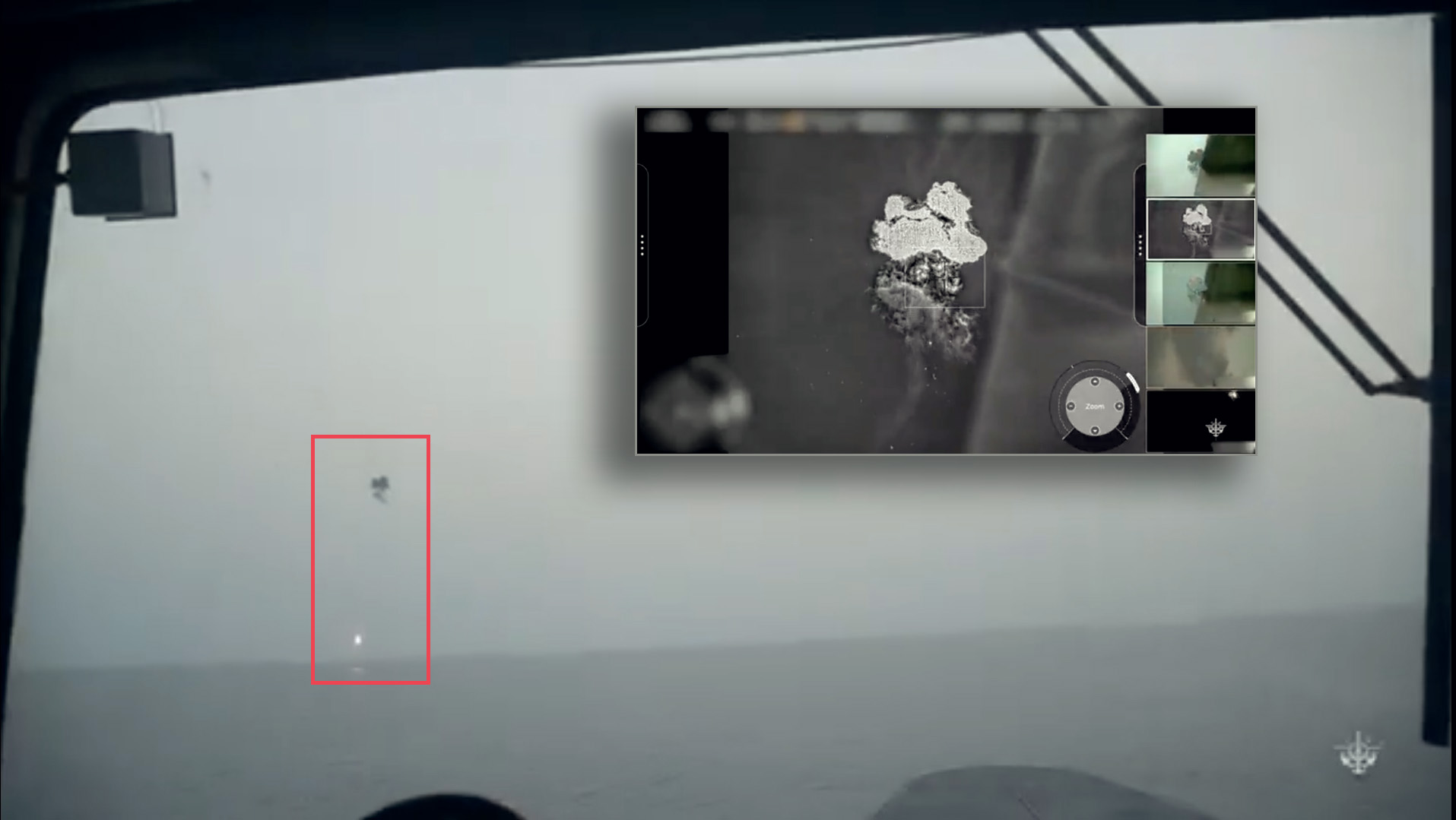




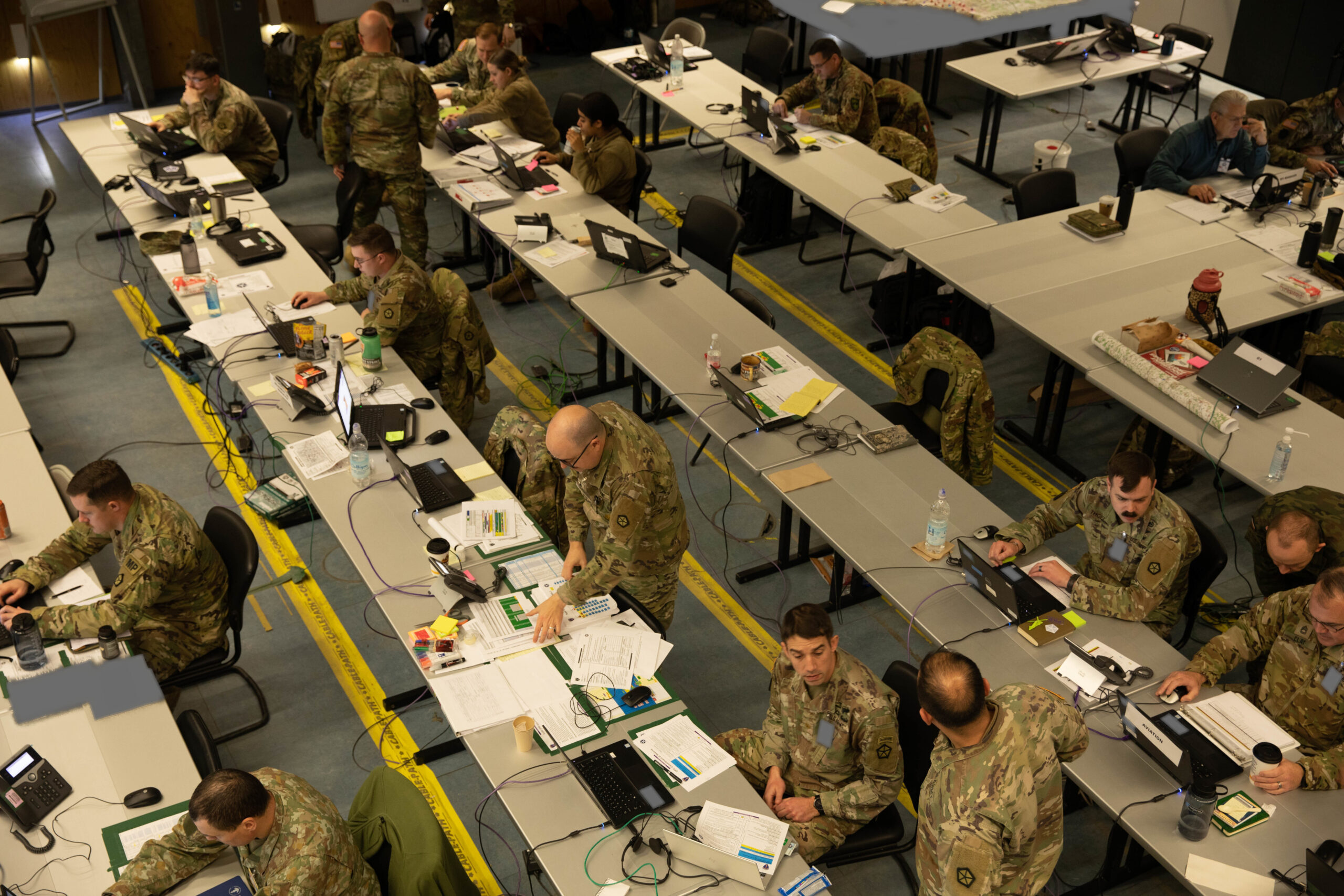





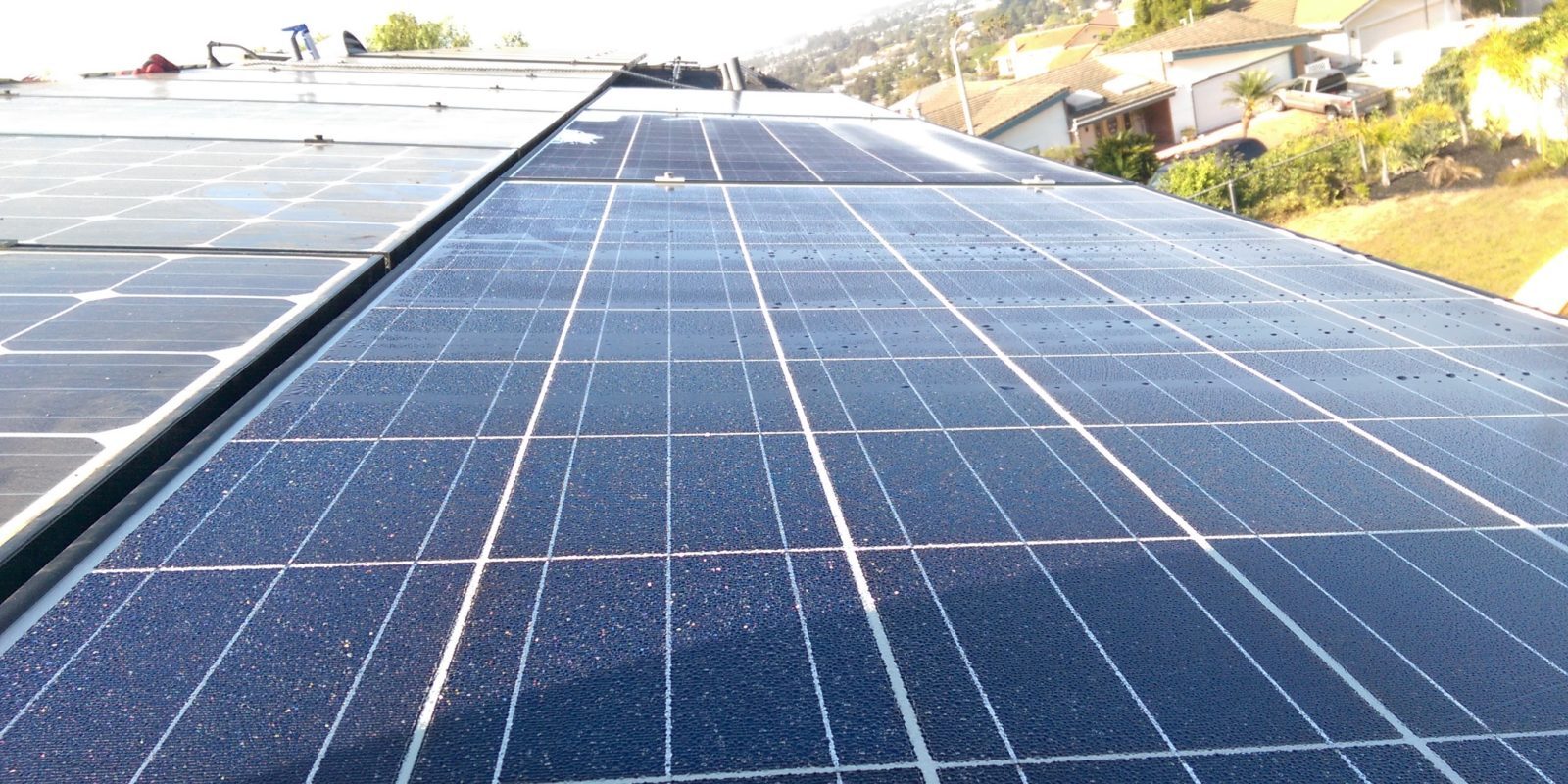

















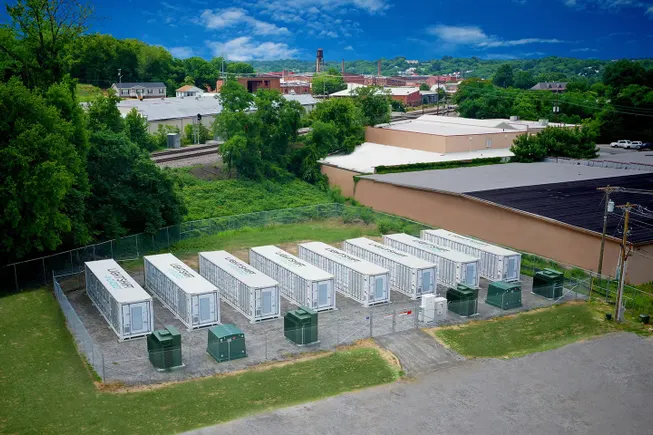















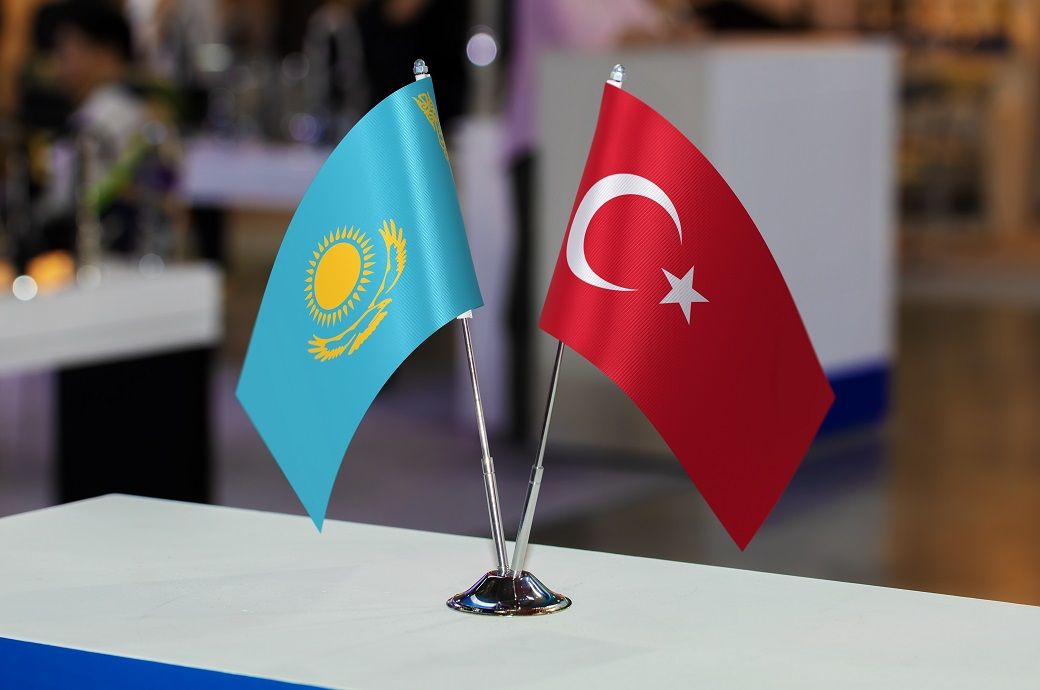








.jpg)

